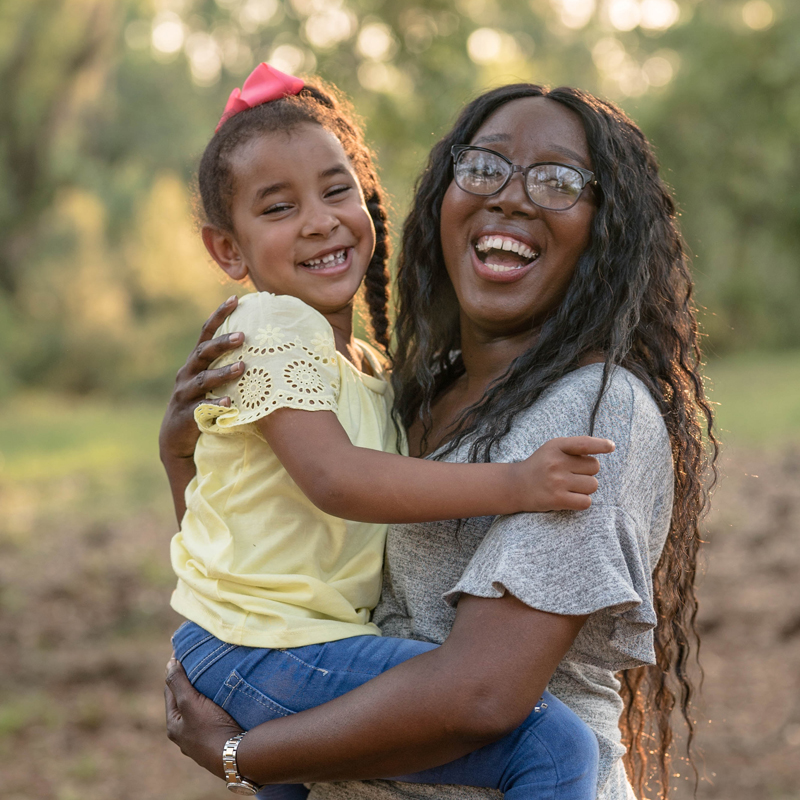Advocate, we know you give 110% every single day — to your job, your family, your neighbors, and your friends. The requirements for your daily life are unrelenting. To think about giving more, even just a little bit, may push you to the edge of tears. How can you find one more ounce of strength and courage? Working with survivors is one of the most rewarding things you can do, but compassion fatigue is real. We’re here to help — you, survivors, and your families. Our list below is a hug to all of you, to help you live just a bit lighter and smile just a bit brighter.
These simple things can make a big difference:
Meditate on the gift of family.

This one is just for you, Advocate. Take 5 minutes to pause and think on the gift of family. Whether it’s birth family or chosen family, count the ways they bring joy to your life. Think of their smiles, their laughter, the way they crinkle their eyes after they say something funny. Feel their hugs, their warmth when you sit together. Think on the all way they make you feel safe. Visualize the ways they fill your life with color. Two minutes in and you’ll probably feel energy seep back into your heart. Four minutes and you can’t wait to see them.
Smile when you see them.

Before you allow chores or dinner plans to take over your thoughts, greet your loved ones with a smile. There’s power in this simple act. You convey to yourself that you are happy and hopeful, and to everyone around you that they are accepted and welcome. Try one on right now. Feel your cheeks rise right along with your mood. (In fact, a British study states that one smile can generate the same level of brain stimulation as up to 2,000 bars of chocolate and can be as stimulating as receiving $25,000. We like the sounds of that study!)
Verbalize Your Appreciation

When we intentionally stop to think about all the ways our loved ones add to our lives, our list grows pretty quickly. Make note of things as you think about them. Write an old-fashioned pen-and-paper list. Use the reminders on your phone. Whatever ways you choose to keep tabs on the wonderful uniqueness of your loved ones, make sure you look them in the eye and tell them with your words.
Share the Reasons You Serve

Think of all the things you do each week to keep your loved ones up and running. Perhaps you grocery shop, run errands, clean the house, wash the laundry, or run the kids to school. Talk to them about why you do it. Here are a few examples:
- I love washing your sheets so you have a warm cozy bed.
- I love driving you to school so I can have one last hug before you learn.
- I love grocery shopping for you so we can eat healthy food and feel good as a family.
- Keeping the house clean helps me keep you safe, and I love knowing you’re safe and comfortable.
- Running errands is so much better when I get to spend time with you. I love hearing about how your day has gone.
These things not only bless your loved ones, they help you stay focused on the positive things that are part of your daily life.
By doing this, you’ll be able to #fillyourcupfirst. Advocate, thank you for the ways you make a difference every single day, at work and at home. Our world is a better place because you’re in it.








